The DJI Dock – A Game-Changer in Emergency Management
In the evolving landscape of emergency management, the Alaska Department of Transportation and Public Facilities in Juneau, Alaska, stands out with its innovative use of the DJI Dock. Pat Dryer, an avalanche and geohazard Specialist at the department, highlights the critical role these Chinese-made drone systems play in mitigating natural avalanche hazards.
“Avalanches that threaten roadways and can affect infrastructure are a serious life-safety issue in Alaska,” said Pat Dryer, Avalanche and Geohazard Specialist. “At the Alaska DOT, we focus on efforts to reduce the hazard to the roadway for both the traveling public and employees working in high-hazard areas. The idea with the DJI Dock is to be able to automate repeated inspections over time and a system that can be accessed worldwide.”

Despite recent legislative efforts to ban Chinese-made drones, including those by DJI, in various U.S. states due to concerns about Data Security and national security, the practical applications and benefits of these drones, especially in emergency and geohazard situations, are significant. The unmatched capabilities and cost-effectiveness of DJI Dock and drones continue to benefit U.S. states like Alaska, particularly in life-threatening emergency situations.
DJI Dock: A Case Study in Alaska
The Alaska Department of Transportation and Public Facilities has utilized DJI technology, particularly the DJI Dock and M30 drone, in its avalanche and geohazard mitigation programs. Dryer highlights how the DJI Dock has been instrumental in creating digital elevation models and conducting snow distribution mapping. The Dock’s ability to operate in harsh conditions, its fast charging, and its wide area coverage make it an invaluable tool in Alaska’s challenging terrain and weather conditions.
Alaska’s challenging terrain and weather conditions necessitate robust and reliable solutions for avalanche mitigation. The DJI Docks, housing the DJI Matrice 30 drones, operate 24/7 in all weather conditions, executing critical mapping and surveillance missions in upper elevations. These automated drone hangars have proven invaluable in conducting snow distribution mapping and ensuring roadway safety.
Technical Superiority and Cost-Effectiveness
The technical aspects of the DJI Dock, such as housing a DJI Matrice 30 that can land, recharge, take off, and execute missions, demonstrate the advanced capabilities of Chinese-made Drone Technology. The integration of wide, zoom, and thermal cameras with a laser rangefinder in the M30 Series Dock Version, for instance, enables comprehensive aerial data collection critical for geohazard assessments.
“While working on the avalanche mitigation project here at Thane Road, a state of emergency was declared in northern Alaska at the Dalton Highway,” said Grant Hosticka, Head of DJI Enterprise Solution Engineering North America. “We were able to come together with the Frontier Precision and Alaska DOT team to help support the deployment of the dock in northern Alaska during the Dalton Highway Emergency Response. We’re able to conduct mapping missions morning and evening, as well as site tours that were live-streamed to project engineers and leadership to keep everyone informed of current operations and the status of the flooding response.”

The DJI Dock’s advanced technology offers a range of features that make it an ideal choice for emergency response operations. Its capabilities include fast charging, with drone batteries charging from 10-90% in just 25 minutes, and an operation radius of up to 7 km. The Dock’s rugged design can withstand harsh weather, and it integrates high-performance cameras and laser rangefinders for detailed aerial data capture.
U.S. Legislative Concerns vs. Practical Applications
While U.S. legislators have raised concerns about the security implications of using Chinese-made drones, grounding DJI products has already caused operational challenges in various sectors. These drones’ abilities to conduct live streaming, plan complex flight routes, and operate under extreme weather conditions have proven essential in areas like Alaska, where they are used for critical tasks such as emergency response and infrastructure monitoring.
Despite their proven effectiveness, DJI drones face regulatory hurdles in the U.S. A recent bipartisan push in the Senate aims to ban U.S. Government agencies from using Chinese-made drones, including those by DJI. Senators Marsha Blackburn and Mark Warner have proposed legislation that would limit the presence of foreign-produced drones, citing concerns about funding technologies from regions hostile to the U.S.

The practical use of DJI drones, particularly the DJI Dock in Alaska, underscores the balance that needs to be struck between addressing national security concerns and harnessing the technological and economic benefits of Chinese-made drones.
The deployment of DJI drones, especially the DJI Dock in Alaska, illustrates the need to balance security issues with the benefits of Chinese drone technology. As the U.S. deliberates on this technology’s use, the Alaska Department of Transportation’s experience warns against the loss of vital functions and cost-effectiveness if such bans are widely applied.
The case of DJI Docks in Alaska serves as a prime example of the efficiency and capability of these drones, offering a perspective that goes beyond the prevailing security-focused discourse.
Cost-Effectiveness and Capability: DJI Versus U.S.-Made Alternatives
The debate over the use of Chinese-made drones like DJI’s in the U.S. often overlooks their cost-effectiveness and superior capabilities compared to U.S.-made alternatives. The integration of FlightHub 2 into DJI’s ecosystem streamlines mission planning, monitoring, and data management, making the entire workflow highly efficient. This level of integration and functionality is yet unmatched by U.S.-made drones, especially at a price point accessible to many state agencies and emergency response teams.
“The DJI dock has completely exceeded my expectations; really, the integration of Flight Hub 2 into the hardware is very impressive,” said Sean Muldoon, Enterprise Sales Manager of Frontier Precision. “Being able to do your mission planning within one software suite, monitor your drone during flight, and even the health of the dock and the drone itself. Having a single ecosystem to be able to do all of this really streamlines the process and makes the entire workflow very efficient.”
For the Thane Road Avalanche program, we are operating in steep, mountainous terrain and often in adverse weather conditions. The dock has allowed for mapping and missions to occur in upper elevations in adverse weather, but weather resistance and strong radio transmission for these environments are critical for us to complete our operations.
It really put to the test what we were able to do as Frontier Precision from a support standpoint, what the dock is capable of doing in a deployment standpoint, and then an end user giving them the understanding of how to take an installed dock and move it to a different location.





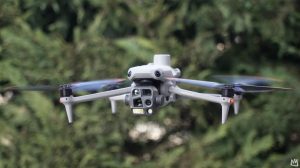


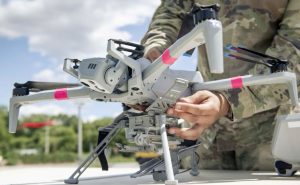

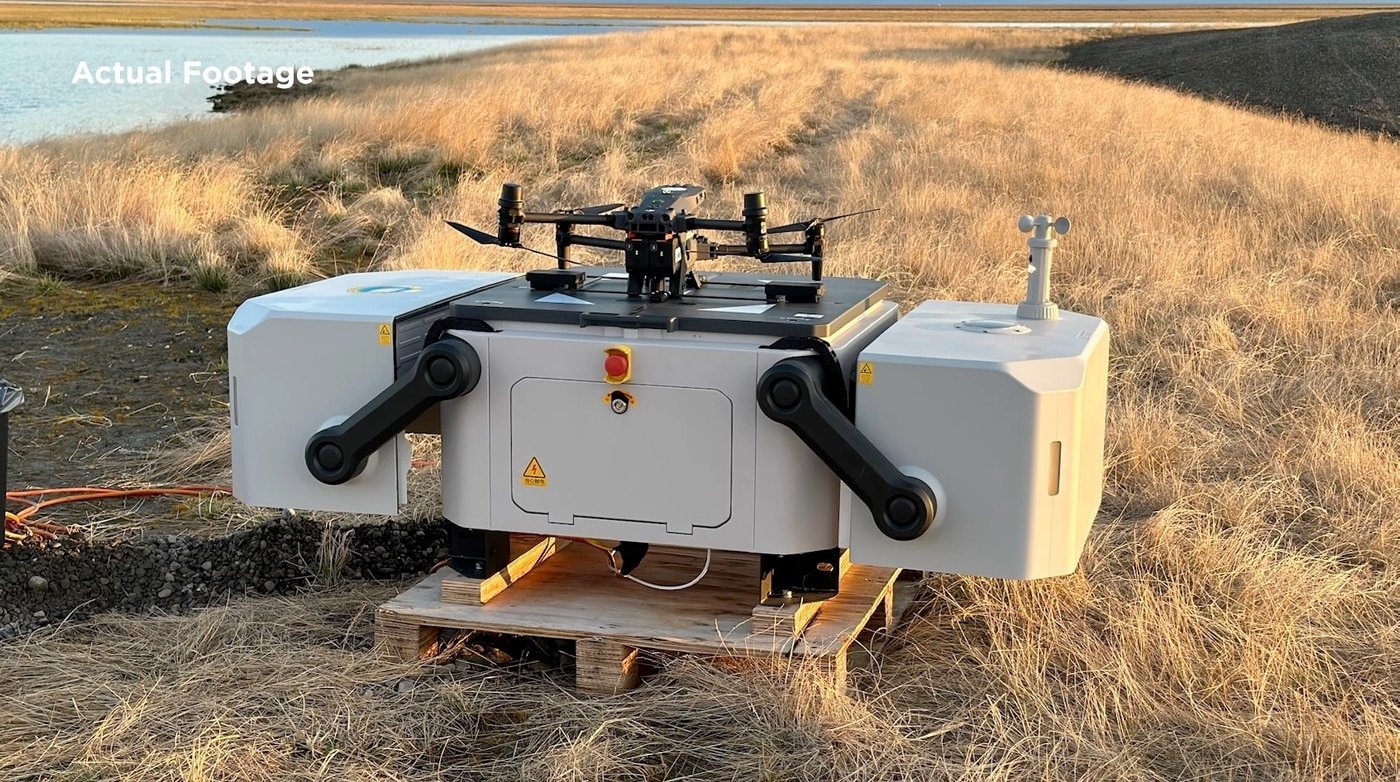




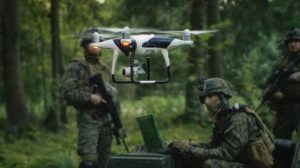


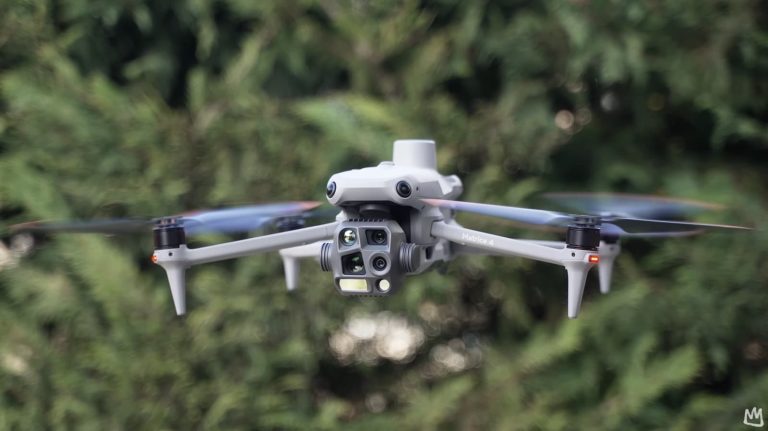



+ There are no comments
Add yours